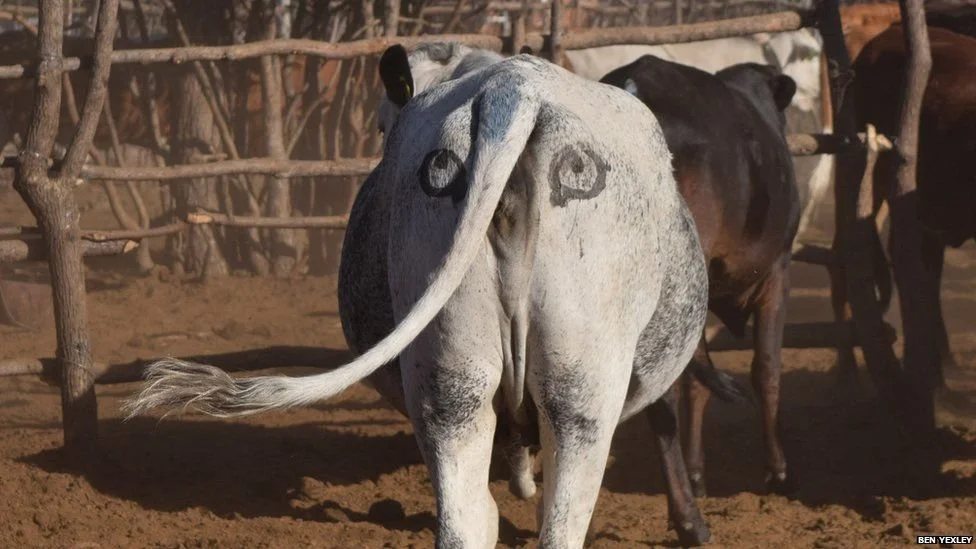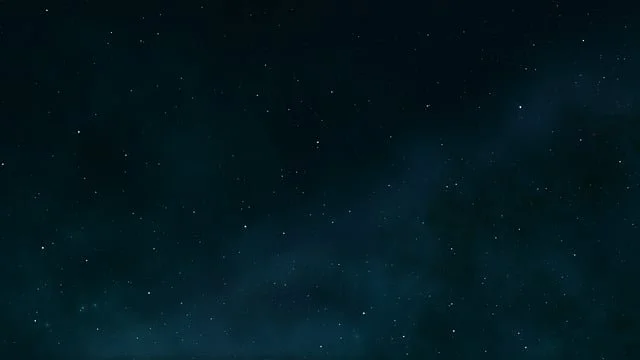Protecting Cows Using Behavioural Science
“Those who are inspired by a model other than Nature, a mistress above all masters, are labouring in vain.”
”
Evolutionary Ideas: Unlocking Ancient Innovation To Solve Tomorrow’s Challenges by Ogilvy’s Sam Tatam was one of our favourite reads of 2022.
It’s full of wonderful examples of applied behavioural science.
One of the stories that stood out was about livestock preservation in rural Africa.
For many farmers in Botswana, protecting their livelihoods is a challenging task. Fearsome predators lurk in the surroundings, including lions, wild dogs and hyenas.
Finding a cost-effective solution that prevents attacks but doesn’t harm the ecosystem makes it even harder.
That was the challenge facing the Botswana 2020 livestock preservation project team.
The initial ideas they came up with didn’t fit the brief, so they turned to behavioural science for a solution.
If they could understand how lions hunt, they could uncover a way to influence them.
Observing these big cats, they noted their main tactic was the element of surprise.
They liked to approach their prey by stealth, often creeping up behind their target so as not to alert them before they had a chance to strike.
So what could be done to stop this?
The inspired solution was to paint giant eyes on the cows' backsides.
To the lions, the ‘eyes’ on the cows' rumps appear to be watching them, making a stealthy approach difficult.
The result?
The lions forgo an attack and move on to find easier prey.
You can find plenty of examples in nature using this type of ‘mimetic disguise’ (which works by mimicking an object’s shape or colour).
For example, the owl butterfly uses a similar approach.
Researchers believe the dark owl's eyes on its wings ward off potential predators by confusing them, allowing the butterfly time to escape. Stick insects and the orchid flower mantis are two other great examples.
Interestingly, mimicry is just one of the various types of camouflage found in nature; others include concealing colouration and disruptive colouration.
The first of these works as it suggests keeping the animal hidden by adopting colouration that resembles its environment. It’s perhaps the most common camouflage tactic.
For example, deer and squirrel fur closely matches their surroundings ‘earthy tones’, and flounder fish merge almost seamlessly with the speckly seafloor.
Disruptive colouration, conversely, works by using strongly contrasting markings like spots or stripes to break up an animal’s outline; this distorts its shape in the predator's vision causing confusion.
Some good examples of this approach include leopards and zebras.
If you’re interested in more examples of animals that are masters of disguise, then check out this BBC article.
Found the above interesting? Then check out our Applied Behavioural Science course or register for our upcoming Biomimicry course.






